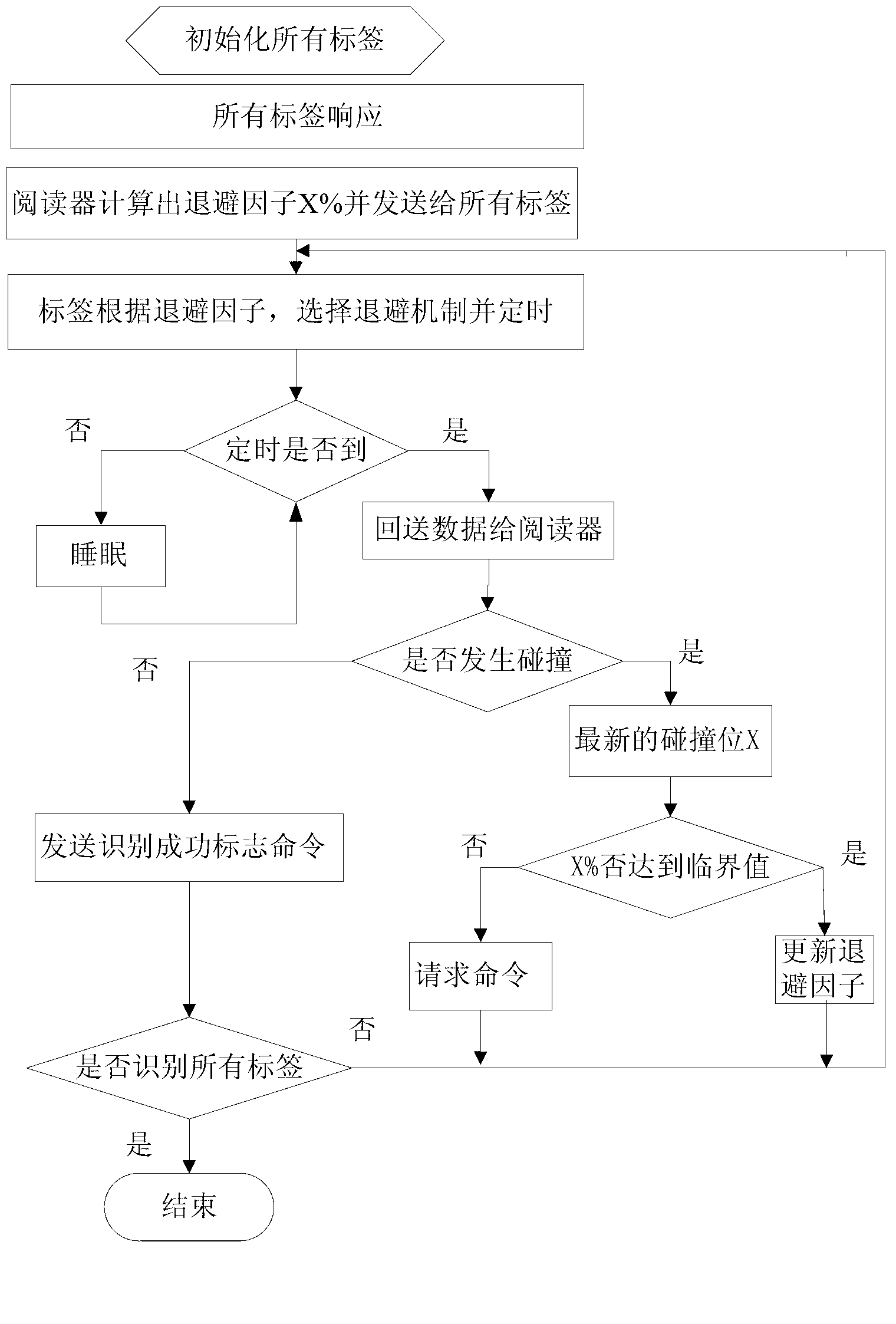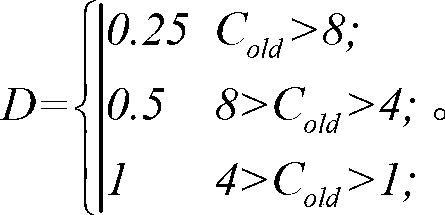Radio frequency identification (RFID) anti-collision method for adaptive back-off mechanism
A back-off mechanism and self-adaptive technology, applied in the field of tag anti-collision, can solve the problems that ALOHA algorithm is not suitable for tag reading, the implementation of binary search algorithm is complicated, and the algorithm recognition rate is high, so as to achieve the improvement of recognition success rate, short search time, and improved The effect of recognition efficiency
- Summary
- Abstract
- Description
- Claims
- Application Information
AI Technical Summary
Problems solved by technology
Method used
Image
Examples
Embodiment Construction
[0031] The present invention will be further described in detail below in conjunction with the accompanying drawings and specific embodiments.
[0032] Such as figure 1 As shown, the RFID anti-collision method of a kind of efficient self-adaptive back-off mechanism that the present invention is applicable to multi-label comprises steps:
[0033] (1) The reader first initializes all tags within the range of action, and makes a request command, requiring all tags within the range of action to respond. The reader uses Manchester encoding and is able to spot exactly where the bits collided. The location where the collision occurs is indicated by X, and the location where there is no collision records the data received by this bit, and records the original tag ID collision data in the reader's register and sends it to all tags.
[0034] The specific implementation process of the tag ID collision data record using Manchester encoding is: when the corresponding bits of the data ret...
PUM
 Login to View More
Login to View More Abstract
Description
Claims
Application Information
 Login to View More
Login to View More - R&D
- Intellectual Property
- Life Sciences
- Materials
- Tech Scout
- Unparalleled Data Quality
- Higher Quality Content
- 60% Fewer Hallucinations
Browse by: Latest US Patents, China's latest patents, Technical Efficacy Thesaurus, Application Domain, Technology Topic, Popular Technical Reports.
© 2025 PatSnap. All rights reserved.Legal|Privacy policy|Modern Slavery Act Transparency Statement|Sitemap|About US| Contact US: help@patsnap.com



